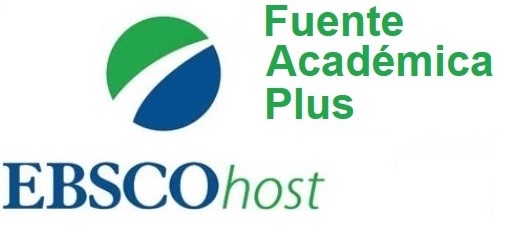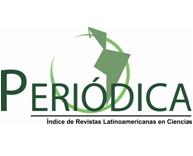BIOACTIVATED CONSTRUCTED WETLANDS WITH EFFICIENT MICROORGANISMS: A WAY FOR WASTEWATERS MANAGEMENT AT CHICHÍ PADRÓN SLAUGHTERHOUSE
Keywords:
wastewaters, BOD5, COD, wetlands, slaughterhouses, efficient microorganismsAbstract
Introduction:
Constructed wetlands are simple, affordable, and efficient “green” technologies for the treatment of various types of wastewater that, compared to conventional systems, offer an environmentally friendly approach, have low costs, and high potential for application preferably in developing countries.
Objective:
To evaluate the efficiency of horizontal subsurface flow wetlands bioactivated with efficient microorganisms in the removal of organic matter and other contaminants present in wastewater from the Chichí Padrón slaughterhouse.
Materials and Methods:
Four wetland systems were constructed, planted with Cyperus Alternifolius, using combinations of brown soil, limestone gravel, zeolite, and river sand as substrates. A 23 factorial design was used to evaluate the influence of hydraulic retention time, activation with microorganisms, and the type on pollutant removal efficiency.
Results and Discussion:
The waste from the production process were characterized, and the historical values of the last decade were studied. The maximum removal efficiency was achieved in the bioactivated S2 systems, for 96 hours, i.e. 96% for COD, 96.4% for BOD5, and 94% for fats and oils. Mathematical models describing the variable input-response variable relationship were also obtained, with high correlation coefficients (0.95-0.99).
Conclusions:
The use of subsurface flow wetland systems can be considered an efficient method for the treatment of wastewater generated in slaughterhouses, achieving high levels of pollutant removal and effluents compatible with the Cuban environmental regulations.
Downloads
Downloads
Published
How to Cite
Issue
Section
License

This work is licensed under a Creative Commons Attribution-NonCommercial 4.0 International License.




















